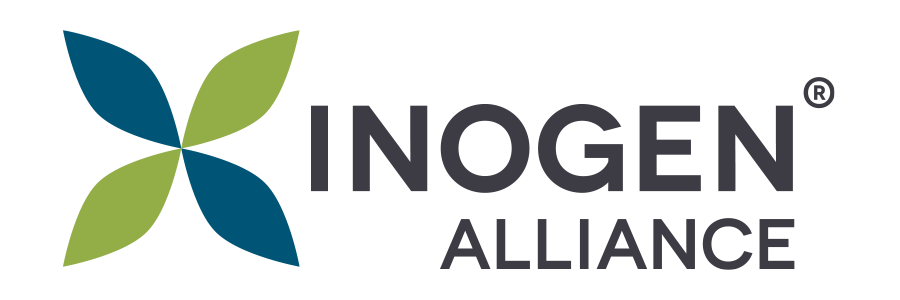How the Paris Olympics Highlighted Critical EHS Issues

The 2024 Paris Olympics have been hot. As personal bests are challenged, records beaten, and underdogs take the top spot on the podium, the temperatures are likewise soaring to staggering heights.
While the heat has not, thus far, shattered any records, it has brought attention to two EHS issues at the center of this year’s Olympics: Indoor air quality and water safety.
Comfort vs. Environmental Impact: Keeping Athletes Cool
Nearly a decade after 196 nations gathered to sign a landmark climate treaty, the Olympic organizers in Paris prepared to host another great gathering of nations, with the goal of making the 2024 summer games the greenest in history.
Organizers initially sought to minimize the carbon footprint of the games by using geothermal cooling within the athlete’s village dormitories. This decision, however, faced immediate backlash from athletes and teams concerned about the very real risk of extreme heat for the duration of the summer games.
Things came to a head as a summer heatwave persisted across France, and it became clear that maintaining athlete performance and safety required rethinking the approach to cooling. Ultimately, athletes were allowed to purchase the use of high-efficiency AC units, chosen by the host committee.
What EHS pros can learn from this moment
The air conditioning controversy at the 2024 Paris Olympics offers several valuable lessons for EHS professionals:
Balancing health and sustainability
One of the primary takeaways is the importance of finding a balance between health and sustainability goals. While environmental considerations are crucial, they should not come at the expense of human health and safety. EHS professionals must strive to develop solutions that address both aspects effectively.
Building for longevity
While the dormitories in the Olympic Village were constructed to house top athletes from around the world, they were designed with the intention of converting them to long-term housing after the games conclude. EHS strategic facility design must consider not only the immediate needs of the users but also the long-term impacts and usability of the structures.
Adapting for now
The backlash from athletes was a stark reminder of the importance of considering the perspectives and needs of all stakeholders. The use of high-efficiency AC units powered by renewable energy was a solid compromise that honored both sustainability and safety objectives.
Water Quality in the Seine River
In addition to the challenges posed by the heat, the 2024 Paris Olympics also brought significant attention to the water quality of the Seine River, where several aquatic events, including marathon swimming and triathlons, were scheduled to take place. Ensuring the safety and cleanliness of the Seine ahead of the games was a critical priority – one made more challenging by the effects of climate change.
The Journey to a cleaner Seine
The Seine River has a long history of pollution, but in the years leading up to the Olympics, significant efforts were made to improve its water quality. These efforts included upgrading sewage treatment facilities, implementing stricter regulations on industrial discharges, and launching extensive cleanup campaigns. The goal was to make the river safe for swimming and other recreational activities, a promise that had been made decades earlier.
Despite these efforts, the road to a cleaner Seine was not without its challenges. Heavy rainfall in the weeks leading up to the Olympics caused runoff from city streets and overflow from sewage systems, temporarily compromising the water quality.
In the final days before the games, rigorous testing was conducted to ensure that the water quality met international safety standards. Higher than acceptable levels of contamination caused a slight delay for the swimming portion of the men's triathlon, though remaining events took place as scheduled. Official reporting on water quality in the Seine over the course of the Paris Olympics is still forthcoming.
The best time to start remediation? Right now.
Improving urban water quality demands long-term planning and substantial investment in infrastructure – and infrastructure takes time.
EHS professionals play a crucial role in guiding their organizations, whether corporate or governmental, to adopt a proactive and strategic approach to remediation efforts. Establishing a comprehensive, forward-thinking remediation plan not only addresses current environmental challenges but also safeguards future sustainability and public health.
The Value of Being Proactive
The important take-away from this year’s summer Olympic games is that the proactive planning of the Paris Organising Committee created an environment in which the challenges of climate change were met with far greater ease than they would have otherwise been.
Learn how the partners at Inogen Alliance can help your EHS team develop proactive strategies that anticipate and mitigate environmental, health, and safety challenges.
Inogen Alliance is a global network made up of dozens of independent local businesses and over 6,000 consultants around the world who can help make your project a success. Our Associates collaborate closely to serve multinational corporations, government agencies, and nonprofit organizations, and we share knowledge and industry experience to provide the highest quality service to our clients. If you want to learn more about how you can work with Inogen Alliance, you can explore our Associates or Contact Us. Watch for more News & Blog updates here and follow us on LinkedIn.

